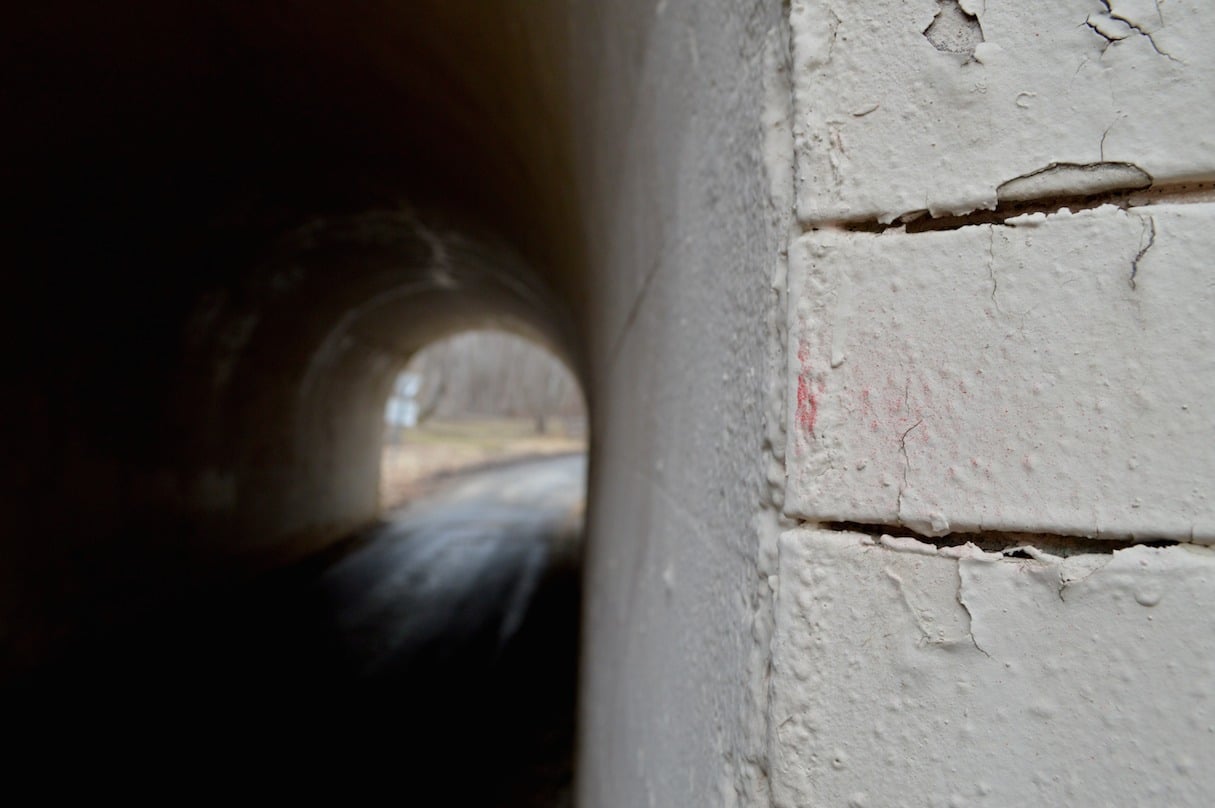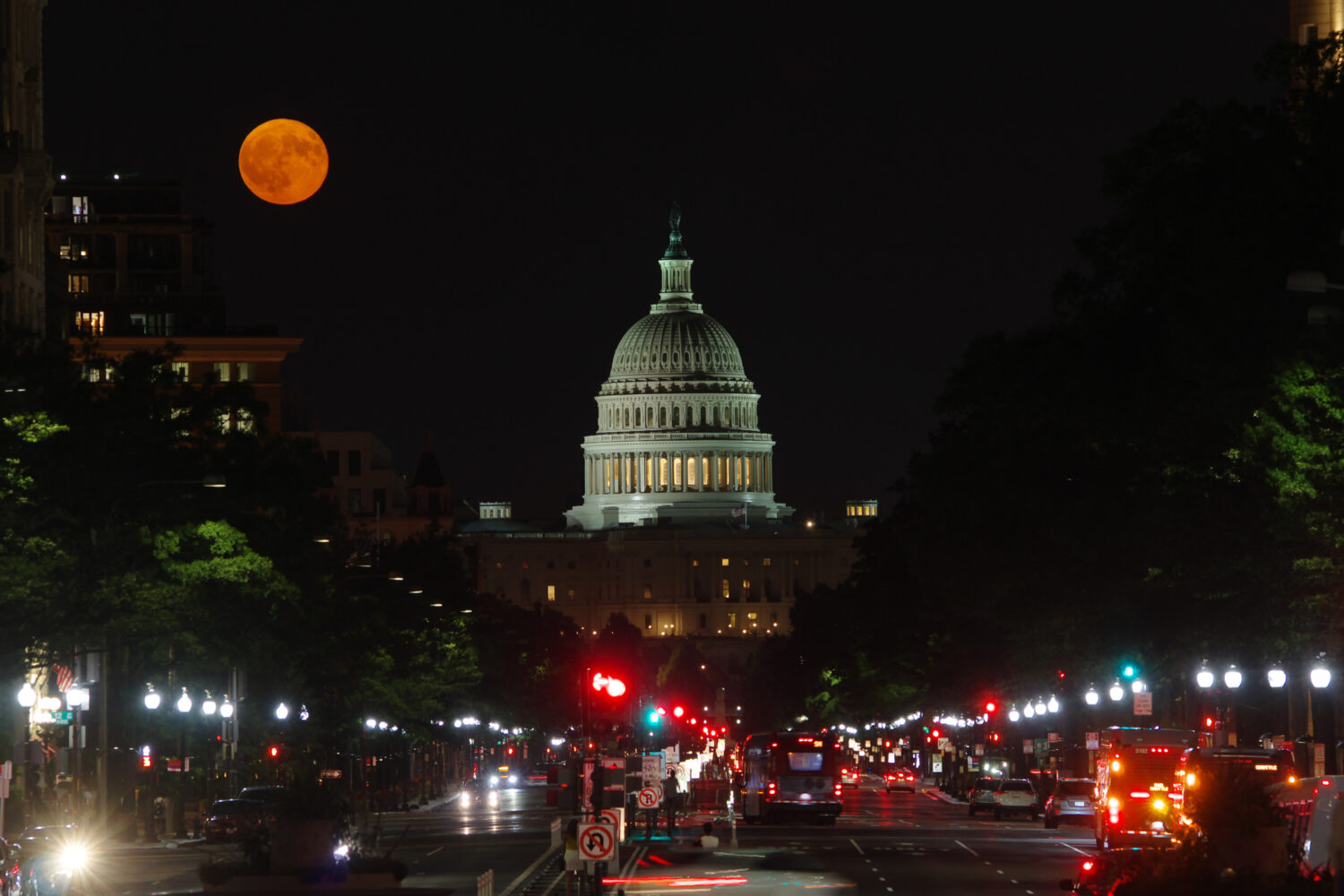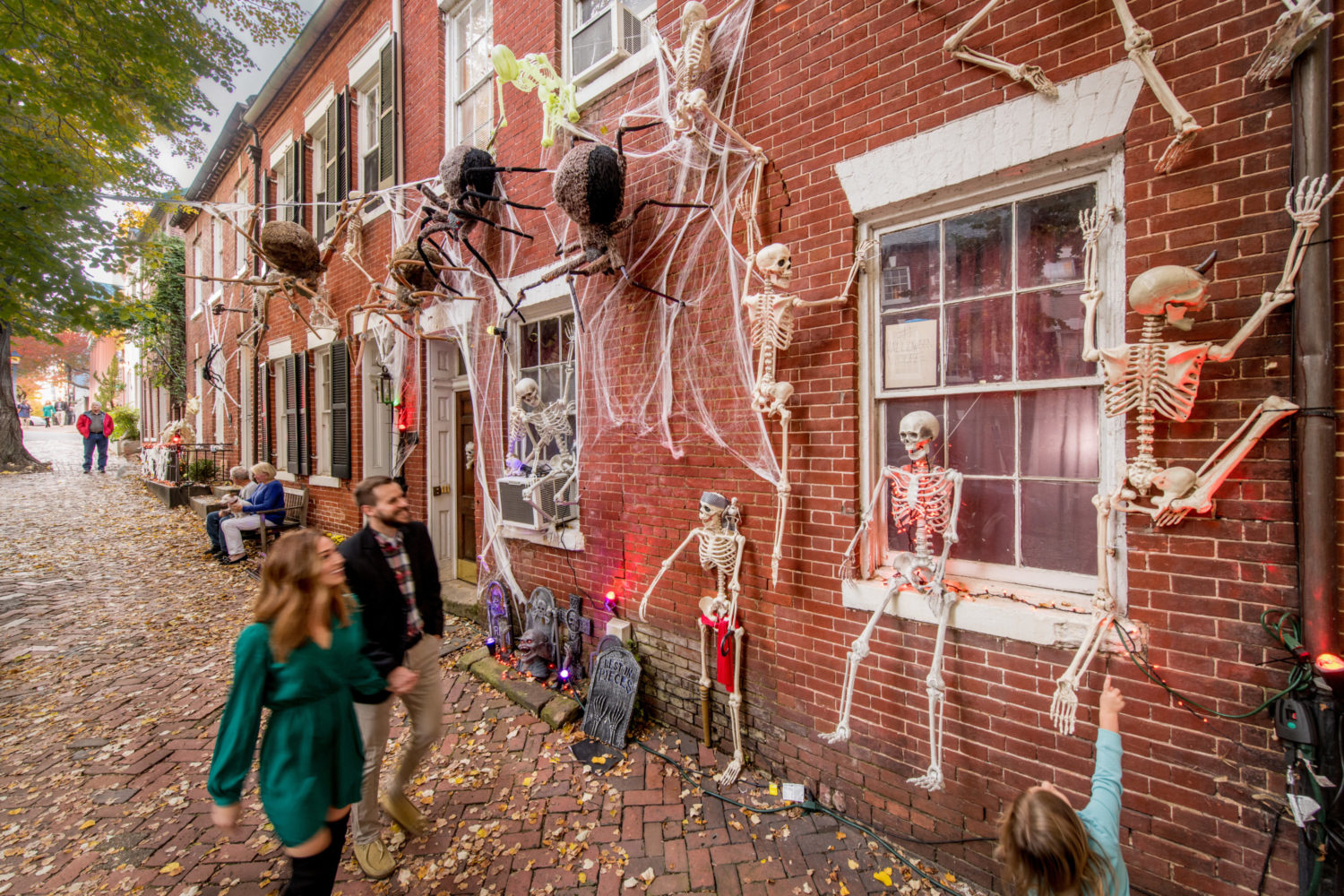Ghost lore in the Washington, DC, area seems to stand out better than in other US cities—blame our famously transient population or the relative novelty of many of our buildings, but few people in this area have the embedded memory of, say, your typical New Orleans resident, nor has Washington had enough time to develop the freaky history of Massachusetts, for example. So while our legends may be fewer, they’re perhaps a bit more memorable.
Washingtonian asked three people who’ve worked as tour guides in Washington which local legends give them goosebumps. Tim Krepp is a veteran tour guide who’s written books about ghosts in Georgetown and Capitol Hill. Canden Arciniega is a manager and tour guide for Free Tours by Foot. And Kailey Adametz is an enthusiastic chronicler of the DC spirit world who conducts tours of Georgetown perfidy—whether ghosts or “wicked” goings-on in the neighborhood. Based on their answers, we decided which local legends are overrated, which are underrated, and which are perfectly rated.
Halcyon House
Rating: Seriously underrated
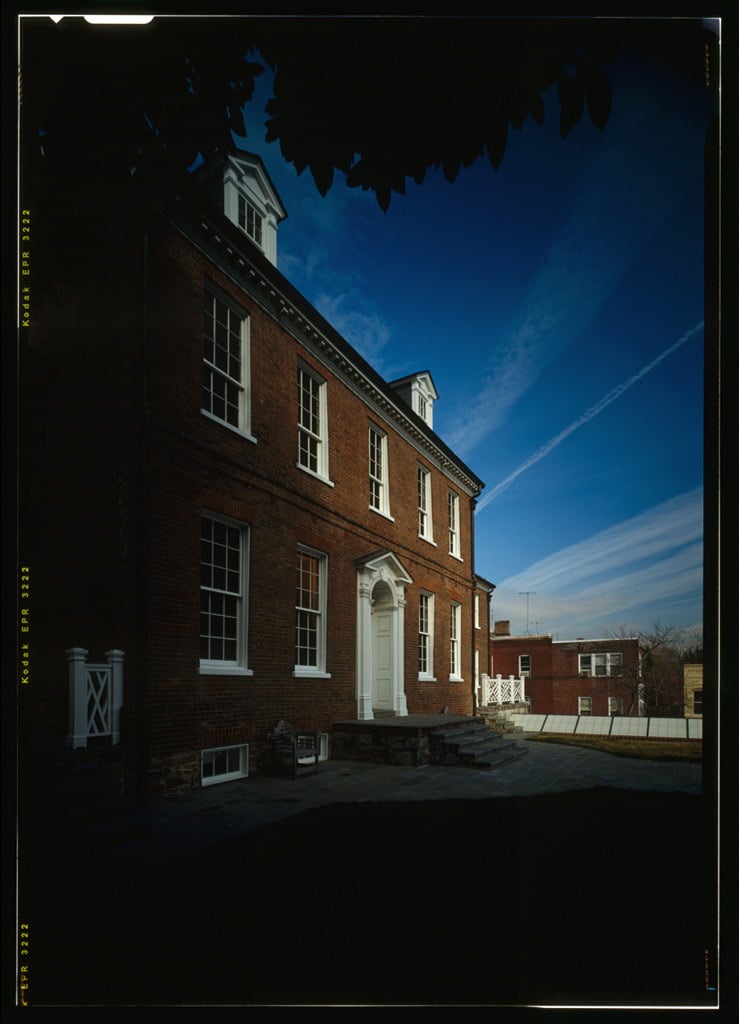
Significantly, every guide I spoke to said they were pretty sure this federal-style home in Georgetown is indeed haunted. Its key resident was a five-star weirdo named Albert Clemens, a hoarder and a recluse who supposedly hated electricity and wouldn’t allow it in the building. Clemens reportedly had a crypt and was so worried about being buried alive he had his heart pierced before he was buried.
Arciniega no longer leads ghost tours in Georgetown because of Clemens. Halcyon House, she says, “is the best ghost story because it is true. I’ve seen it with my own eyes, and it still stalks me.” About eight years ago, she says, she led a tour in Georgetown and was explaining some of Clemens’s unique beliefs. No one was living in the house at the time, and as she talked about how people sometimes see a figure in a wide-brimmed hat in the windows, the lamppost behind her dimmed and went out. Then, as the group walked away, one member pointed up to a top window, where a noose appeared. When they looked up, a shadow in just such a hat appeared at the window.
“We all run down the street screaming,” she says. “Best ghost tour ever, right?” But ever since, Arciniega says, electricity fails her—streetlamps go out when she walks by them, and lights flicker even in her own home. Albert, she says, “Albert “follows me around,” she says, “but he seems to be friendly enough.” The relationship has become agreeable over time: “We’re buds now.”
Exorcist steps
Rating: Overrated
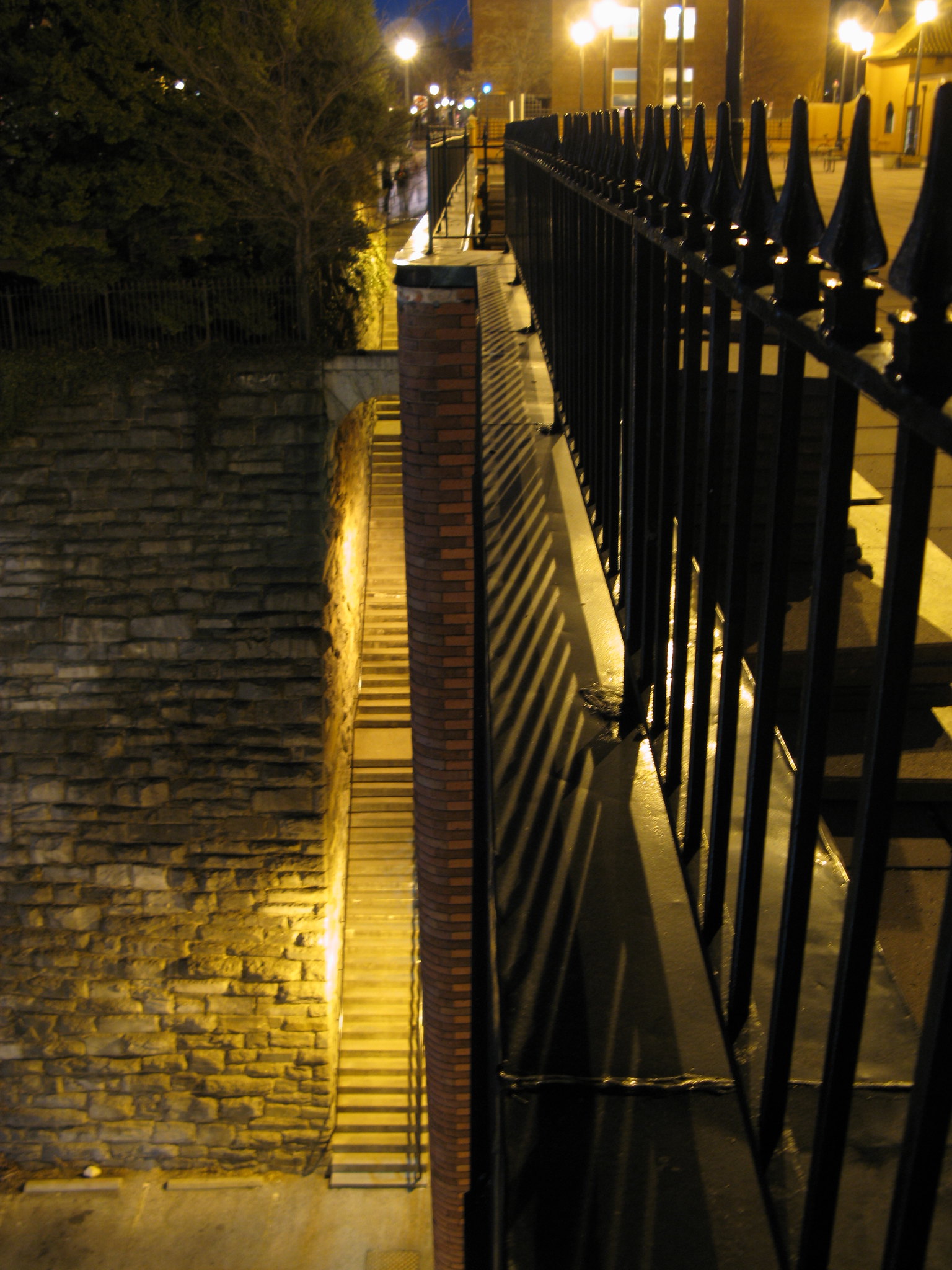
The Exorcist author William Peter Blatty set the story of an actress’s daughter’s exorcism near Georgetown University, which he attended in the late ’40s. The film memorably ends with the death of Father Damien Karras, an exorcist who flings himself down the stairs to frustrate the demon Pazuzu, who leaps into his body, freeing the girl.
But none of these things actually happened: The steps were built around the turn of the 2oth century to take people from Prospect Street to M Street, Northwest. The Exorcist‘s filmmakers had to build a false structure on the “Exorcist house” that overlooks them to make Karras’s fleeting foray into acrobatics plausible.
Still, the steps feel spooky, right? Locals called them the “Hitchcock steps” for years because of their gloom. As Krepp says, “When you give a ghost tour, the site sets the mood for you.”
The Bunny Man
Rating: Perfectly rated
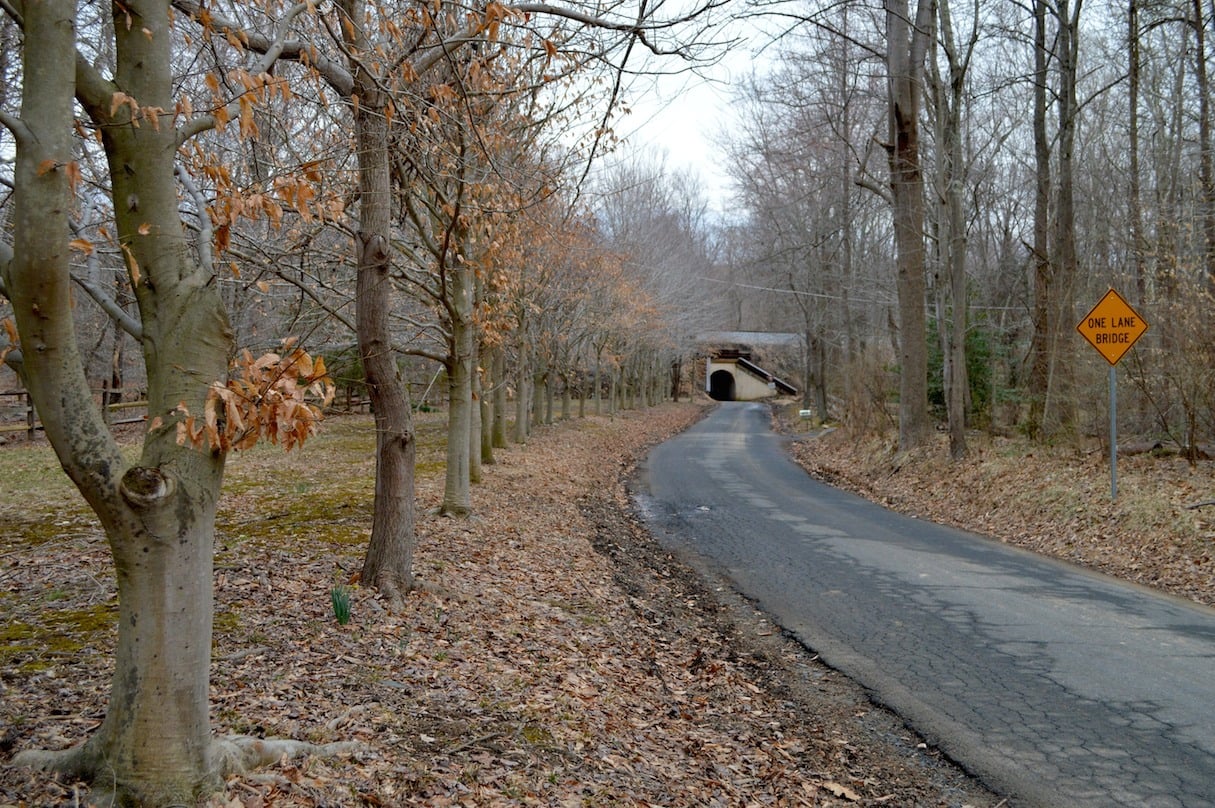
The Bunny Man story takes place in deepest Fairfax. Like many good ghost tales, it involves facts too good to check: The story goes that a bus full of people bound for a lunatic asylum in the early 20th century crashed near Fairfax Station. All of the unfortunates were recaptured—except a man named Douglas Grifon. Police instead discovered a number of gutted, half-eaten rabbits hanging from the bridge, and after the next Halloween, some teens out in the area were found in the same spot, in similar disrepair. There’s not much evidence that any of this ever happened.
In the ‘70s, though, a couple were in their car near the bridge and a man in a bunny suit came out and yelled at them that they were on private property before throwing a hatchet through their windshield. There was another sighting of him a few weeks later. There are credible accounts of both of these sightings. Bunny Man, Krepp says, “is a perfect legend: It’s nice, it’s local, it’s historically sourced, it has some depth to it, some mystery.”
Henry Foxhall House
Rating: Underrated
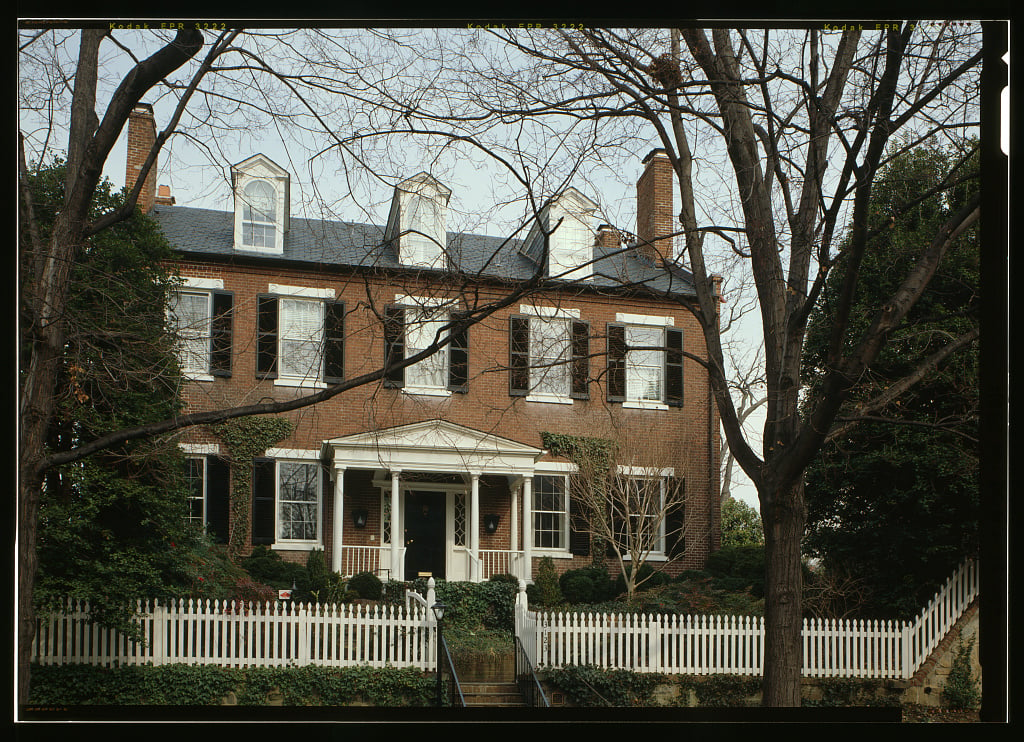
This federal-style house in Georgetown, which is also known as Foxhall Manor, sold for $9.1 million in 2019. An excellent ghost story conveyed with the property, says Kailey Adametz: Supposedly, a nanny for generations of a family who lived there had only one rule for rambunctious kids: Lights out at 10 p.m. After the nanny died, a breeze blew through the top floor every night at 10, extinguishing all the candles. When electric lights, radios, and TVs were introduced to the property later on, they, too, would go off at 10.
Until the 1970s, when a housekeeper answered the door to greet an elderly woman who said she was at the house the other day and forgot something. Ignoring the housekeeper’s protests, Adametz says, the woman barged inside and climbed the stairs to the third floor, where she said, “I guess the children are all gone, so my job here is done.” The “10 o’clock ritual,” as residents called it, abruptly ceased.
Neighbors have approached Adametz when her tours stop near this house. One told her group that everything they would learn is true: “I knew the family in there in the ’60s, and they dealt with that issue for years,” the neighbor said.
The United States Capitol
Rating: Perfectly rated
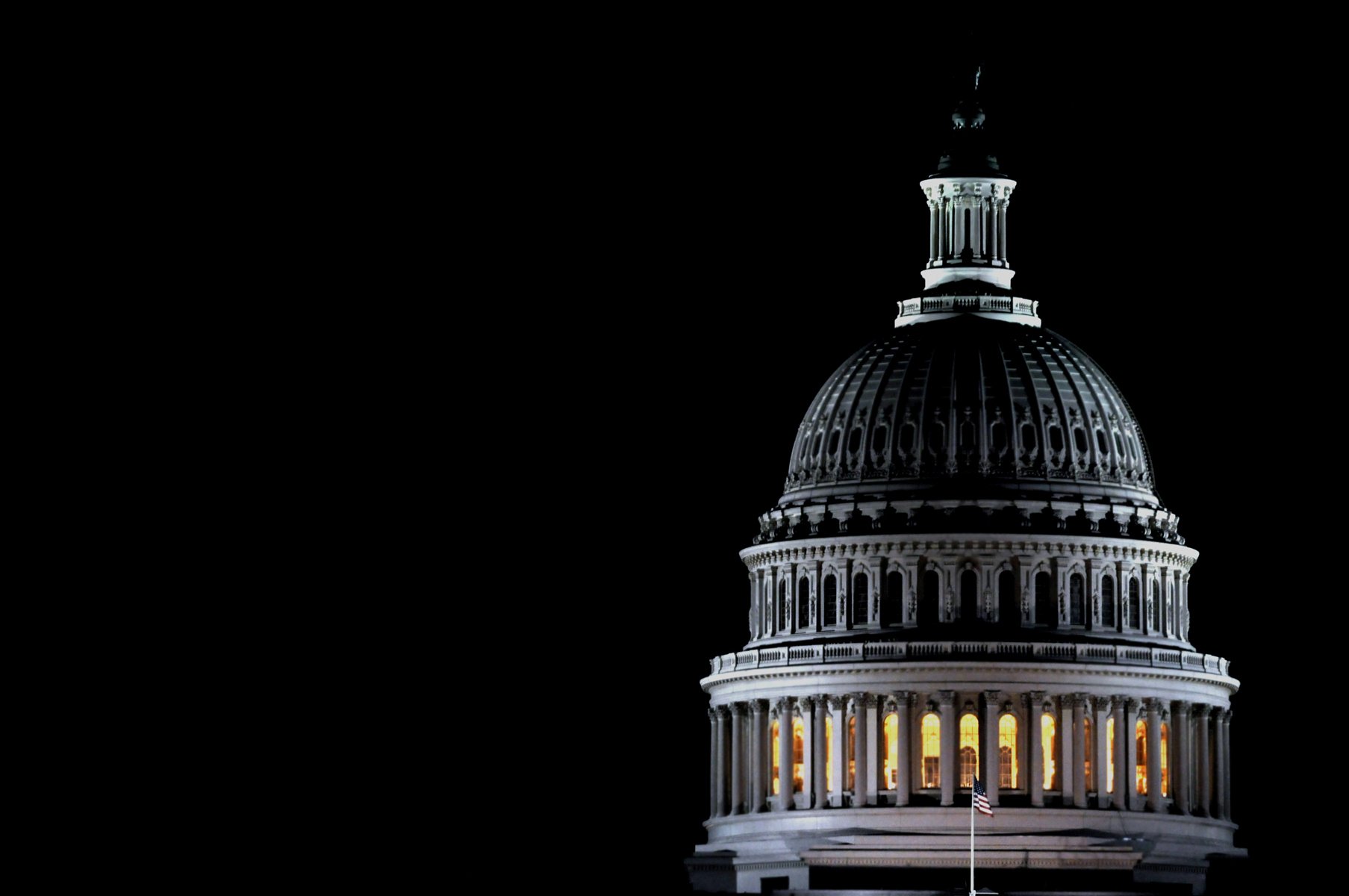
The Capitol, Krepp says, “is a good locus for stories.” There’s the wounded Civil War soldier who supposedly still roams the building at night. The former Congressman shot by a reporter who can still be heard in a stairwell. The “demon cat” who shows up at moments of peril for the republic.
And then there’s John Quincy Adams, who collapsed at his desk in the House of Representatives floor and died two days later. “I have seen and continue to see John Quincy Adams’ ghost in the Capitol,” says Steve Livengood, the chief guide at the US Historical Society. Livengood says he’s also seen Wilbur Mills‘s ghost and that he’s heard the demon cat made an appearance before January 6, 2021, but hasn’t spoken to anyone who saw it firsthand then.

